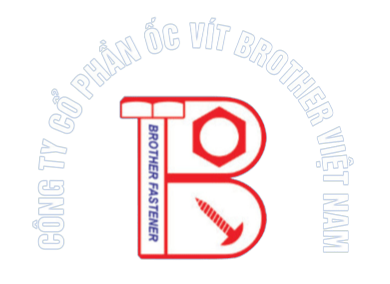Hotline: 0983.848.380
An essay is a piece of writing that outlines the argument of the writer. But, often the definition of an essay is so ambiguous that it can be confused with other definitions such as an essay, a report or book, article or even a story. Essays are typically sub-divided into formal and informal. Formal essays are those in which thesis and ideas are well thought-out and discussed, with correct grammar and writing style. Non-formal essays typically address questions, issues, and problems. The way in which they write essay more than the content, is what determines whether it is an essay or a report.
A wonderful example of a formalized essay is George Eliot’s “Master and Servant.” The essay was published in 1813 however, it was probably written prior to her death. In migliore analisi grammaticale online the essay, Eliot poses the question, “What can be more far from us than the servitude of work?” The argument has evolved into a central argument in modern academic debate. Textual analysis essays have become becoming increasingly popular in recent years, especially in the humanities, social science and social sciences.
A persuasive essay will usually be based on the thesis statement that is a one unambiguous statement that sums up the whole argument of the essay. In this scenario there is no further research on the subject since the thesis statement already contains all the necessary supporting details. The thesis statement could be challenged, especially if additional sources such as literature or secondary sources are required. Textual analyses are the ones written after the thesis statement. They are a reexamination and an analysis of the text, its arguments as well as the supporting arguments.
A textual analysis essay lays out its arguments against a thesis statement in a manner that questions its validity. The writer must first show why the thesis is false and then convince the reader that the argument is valid. In addition, the writer cannot simply defend either side of the argument, and then declare his/her views in error. A valid argument has to have weaknesses and also be inconsistent internally; an untruthful position can’t be validly argued.
Essays in the history of philosophy frequently employ textual methods to examine the history of an argument. They start by identifying the most important statements about a topic and then examine grammatik deutsch korrektur each one in detail. After gaining a complete understanding of each one of these statements, the essays proceed to refutations and explain the reasoning behind each. As one might imagine, this process contains some form of argument.
Narrative essays are usually used in combination with other forms of essay. A narrative essay is a piece of writing that tells a story using the facts. This could be based on personal experience or only a portion of the evidence. A good narrative essay depends on the author’s ability to draw and sustain the reader’s attention. The ability to weave a story is much more difficult than it seems, and even if the author is proficient in this area, the end result might not be worthy of the effort.
The final type of essay structure we will examine is the essay format, also known as the body paragraph. The body of an essay contains every single section. It starts with an introduction (the body paragraph) and ends with an end (the conclusion paragraph). The essay is composed of three parts: the introduction (the body paragraph) then the body (the conclusion paragraph) and the final (the closing paragraph).
The writer can employ a variety of types of argument in creating persuasive essays. These are Appeal to Emotion and Appeal to Reason. Appeal to Conscience and Considered Experience are also options. Depending on the reader you will need to employ one or more of these strategies. As you learn how to write persuasive essays, you’ll also begin to develop your own unique style, which you should not be afraid to share with other students. You could even decide to write your own version of a persuasive argumentative essay if you think you’re up for it.


